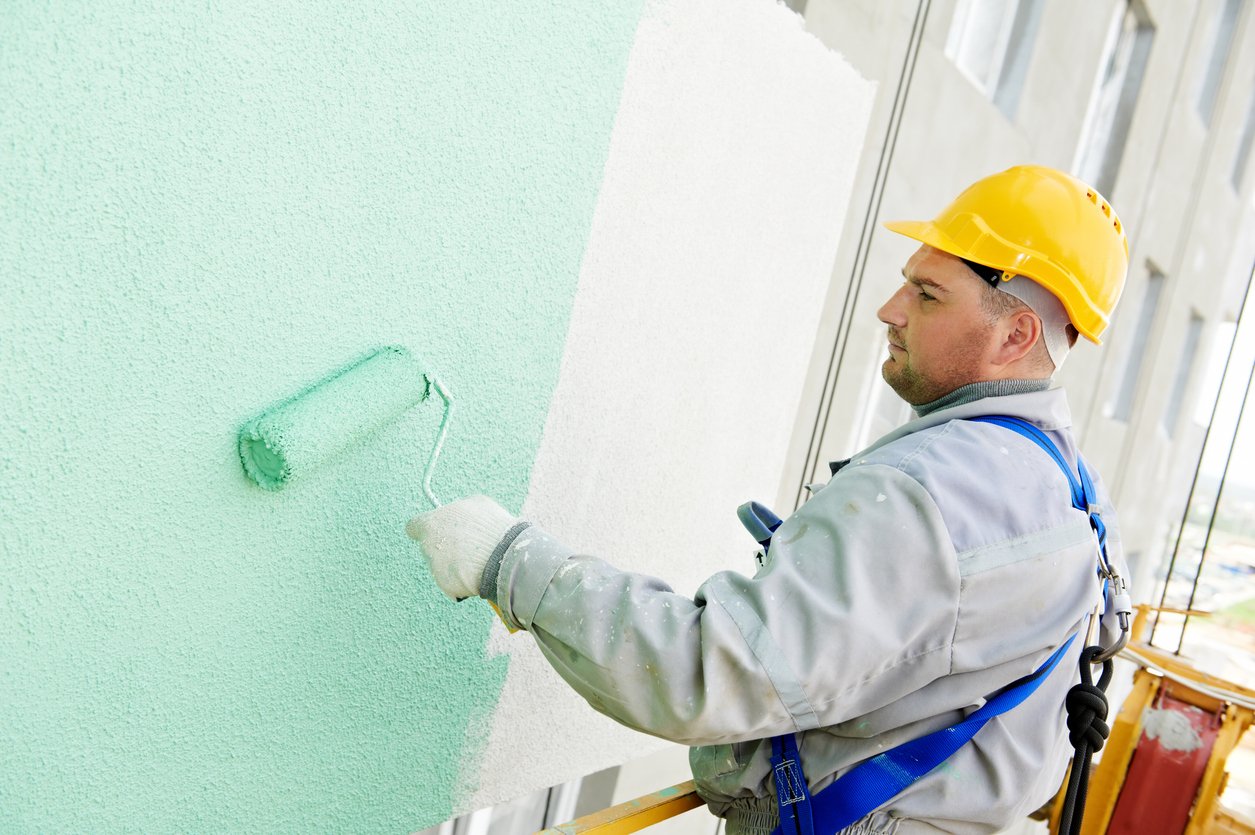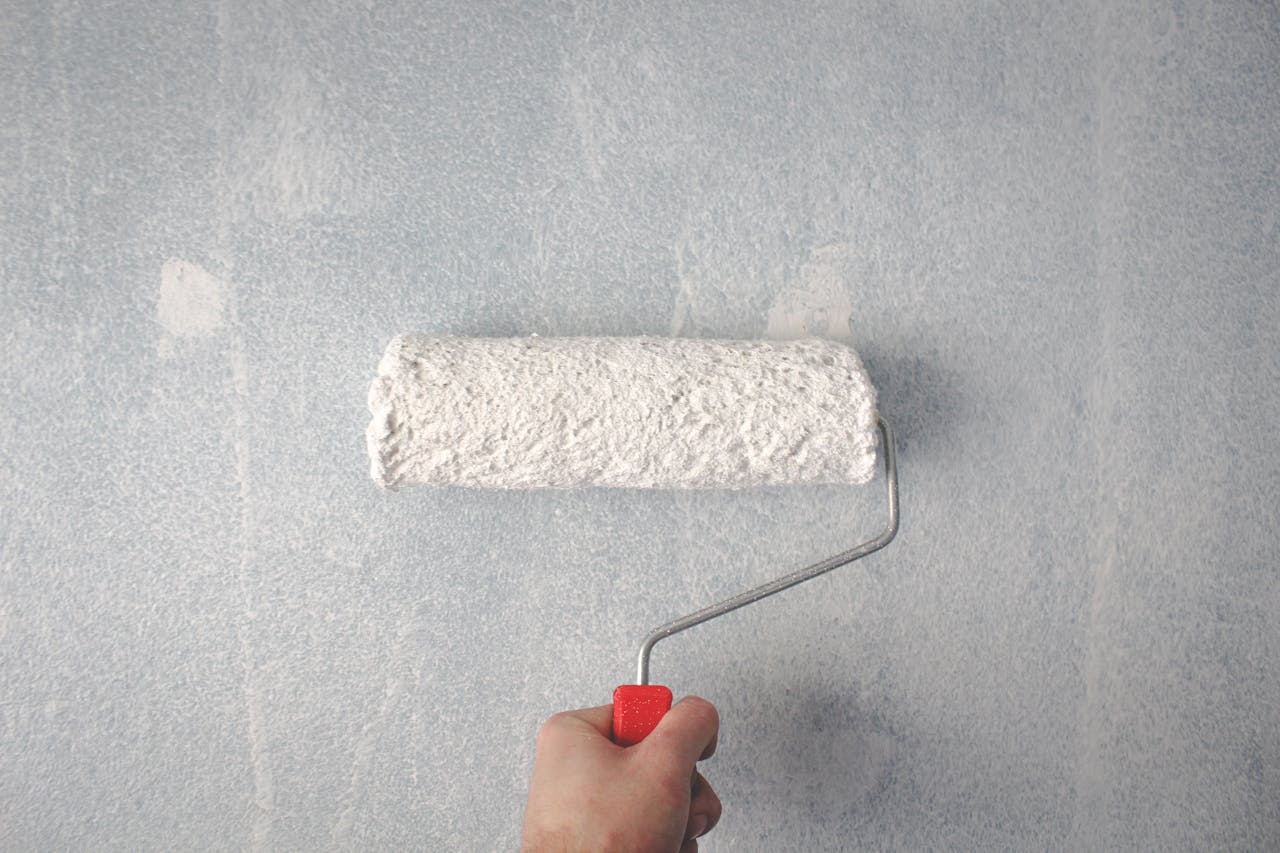In today’s fast-paced business world, keeping your commercial space looking fresh and appealing is more important than ever. Whether it’s to attract new customers, maintain a positive working environment for employees, or simply keep up with the competition, a new coat of paint can make all the difference.
However, budgeting is one of the biggest hurdles businesses face when considering this update. How much should you allocate for commercial painting services? What factors should you consider to ensure you’re not overspending yet still getting quality work? This article aims to guide business owners through planning a budget for commercial painters, breaking down the essentials they need to know to make informed decisions without compromising the outcome.
How Much Will You Need for Hiring Commercial Painters?
When planning to hire commercial painters, every business owner asks, “How much will this cost?” While the final figure can vary widely based on several factors, understanding the average price can provide a solid starting point for budgeting.
On average, hiring commercial painters can range from $2 to $6 per square foot. This variation depends on factors such as the complexity of the job, the type of paint used, and the geographical location. For instance, a basic paint job using standard paint on a flat surface will be at the lower end of the price spectrum. In contrast, using premium paints or incorporating special textures and designs will push the cost toward the higher end.
Labor costs are a substantial part of the overall expense, accounting for a significant portion of the quote. These costs are influenced by the painters’ experience and the labor market in your area. Additionally, any preparatory work required to prepare the surfaces for painting, like patching holes or sanding rough spots, will add to the total cost. For example, streamline your renovation project with our safe, efficient awning removal services for commercial properties.
Painting a 10,000-square-foot commercial space could cost between $20,000 and $60,000, depending on the project’s specifics. While these figures offer a guideline, the best way to understand the cost of your particular project is to obtain quotes from trusted painting contractors. This will give you a clearer picture of the budget needed, allow you to compare services, and ensure you’re getting the best value for your investment.
Factors You Need to Consider When Budgeting for Commercial Painters
Painting is a powerful yet economical choice to give your commercial space a fresh look. However, before diving into the project, it’s crucial to understand the various factors that will affect your budget. Here’s a breakdown of key considerations to help ensure your painting project is successful without breaking the bank.
Size and Condition of the Space
The dimensions of the area requiring paint directly influence your budget. Larger spaces mean more surface area to cover, which translates to more paint and longer labor hours. The condition of the walls also plays a crucial role. Surfaces requiring extensive prep work, such as filling in cracks, sanding, or priming, can significantly increase material and labor costs.
Quality of Materials
Choosing the right paint and materials is a balancing act between cost and quality. Higher-quality paints might have a steeper price tag but can offer better coverage, durability, and longevity, potentially saving money in the long term. Additionally, certain environments may require specialty paints, like eco-friendly formulations or ones resistant to mold and mildew, which can also affect the price.
Labor Costs
Labor costs vary widely based on the project’s complexity, the painters’ expertise, and the geographic location. Experienced professionals may charge more, but their efficiency and the quality of their work often justify the extra expense. Remember, the lowest bid isn’t always the best deal, especially if it compromises the project’s quality.
Timing and Scheduling
The timing of your painting project can impact the budget. Scheduling during a painting company’s busy season could lead to higher rates due to increased demand. Conversely, planning your project for the off-season might snag you a discount as businesses look to fill their schedules during slower periods.
Additional Features and Special Requirements
Complex designs, intricate details, or multiple colors can add to the cost of a commercial painting project. Special finishes or textures also require more time and skill to apply correctly, influencing the overall expense. If your project includes these elements, prepare for them to be reflected in your budget.
Unforeseen Expenses
It’s prudent to allocate a portion of your budget for unexpected costs. Once a project begins, it’s not uncommon to encounter unforeseen issues like water damage or structural problems hidden beneath the old paint. Having a financial cushion ensures these surprises don’t derail your project or inflate the budget unexpectedly.
Tips for Budgeting Commercial Painting Services
Efficient planning and strategic choices can help stretch your dollar further while achieving a professional, high-quality finish. Here are some practical tips to help you budget effectively for commercial painting services:
- Get Multiple Quotes: Don’t settle on the first estimate you receive. Gathering several quotes from different contractors can give you a clearer idea of the market rates and help you find the best value.
- Understand the Scope: Clearly define the extent of your project. Knowing exactly what you want painted, including details like ceilings and trim, helps avoid unexpected costs later.
- Choose Quality Over Price: While going with the lowest bid might be tempting, investing in quality can save money in the long run. Higher-quality paint lasts longer and might require less maintenance, reducing future expenses.
- Consider the Timing: Schedule your painting project during off-peak seasons. Painters may offer discounts during slower months, such as late fall or early winter.
- Prepare the Space Yourself: Although some painting companies would prefer that you let them do the prep work, you can do some prep work, like moving furniture or doing basic cleaning, to reduce the labor costs the painters charge.
- Discuss Materials: Talk to your contractor about the paint and materials they will use. You might find cost-saving opportunities by selecting certain brands or types of paint yourself.
- Plan for Maintenance: Incorporate a maintenance plan with your painting contractor. Regular touch-ups can extend the life of your paint job, preventing the need for a full repaint sooner than necessary.
- Allocate a Contingency Fund: Unexpected issues can arise during painting projects. Setting aside a portion of your budget for unforeseen expenses can help you manage these surprises without stress.
By following these tips, you can more confidently navigate the budgeting process for commercial painting services, ensuring that your project is cost-effective and high-quality.
Conclusion
Planning a budget for commercial painting doesn’t have to be daunting. With a clear understanding of your project’s scope, the right choice of materials, and strategic timing, you can ensure your commercial space gets a professional and durable paint job without overspending. By keeping these principles in mind, you’ll be well-equipped to manage your painting project’s budget effectively, ensuring a smooth process from start to finish.
Serving the Bay area including the cities of San Jose, San Ramon, Santa Clara, Sunnyvale and Sunol. Call Custom Painting, Inc. today at 925-294-8062 to discuss your commercial painting needs. You can also complete the Contact form, and we’ll get back to you shortly.



